AGL Energy and Fortescue Future Industries (FFI) on Wednesday announced they would undertake a feasibility study looking into the viability of turning AGL’s two Hunter Valley coal power stations, Liddell and Bayswater, into green hydrogen production centres supported by new wind, solar, pumped hydro and batteries.
Pending the feasibility study’s outcomes, FFI said the initial renewable electricity production through new wind and solar could be 250 MW, which would be enough to generate 30,000 tonnes of green hydrogen per year. “Or enough for a hydrogen fuelled truck to drive to the moon and back five times,” its statement on the news theorised.
Ultimately, the company added, production from the facilities could reach into the gigawatts.
Twiggy Forrest and @Matt_KeanMP touring the Liddell coal fired power station. AGL/Forrest are partnering to explore a hydrogen hub for the site. Twiggy says the Hunter can be a “great pearl of the renewable sector”. @abcnews pic.twitter.com/93aNE1R2Jc
— Jake Lapham (@JakeLapham) December 8, 2021
Over the next 12 months, the two companies plan to identify and assess key operational and commercial projections for the sites’ transformation, developing a production timeline based on their findings, FFI CEO Julie Shuttleworth said.
The broader vision, seemingly shared by FFI, AGL, and the state government alike, is that the Hunter Valley – one of the major coal regions in Australia – should be transformed into the state’s centrepiece hydrogen hub. Given Bayswater and Liddell Power Station sit less than 5km away from each other, the repurposing of both sites would be a significant part of this infrastructural shift.
Liddell is scheduled to retire fully in 2023, with Bayswater not scheduled for closure until 2036 – though many forecast an earlier closure. AGL is progressing plans to 500 MW big battery at the Liddell site also.
Two powerful players
Both extremely prominent players in Australia’s energy landscape, AGL and FFI sit at quite different ends of the energy transition. AGL Energy is Australia’s biggest polluter and represents the country’s energy incumbency, while Fortescue Future Industries (FFI) is relatively new, founded in 2018, but has spent those years busily making tentative green hydrogen deals globally. In the last few months, it has also announced plans to build the world’s biggest electrolyser manufacturing plant in Queensland as well as a 1 GW solar manufacturing plant, presumably also in Queensland though the location is not yet finalised.
FFI is hardly a clean slate though as a subsidiary of billionaire Andrew “Twiggy” Forrest’s Fortescue Metal Group, which rose to power on the back of iron-ore exports. Since launching the green focussed FFI though, Forrest seems to have done an extremely radical and public 180 in his focus on climate pollution – though it could also be called shrewd business.
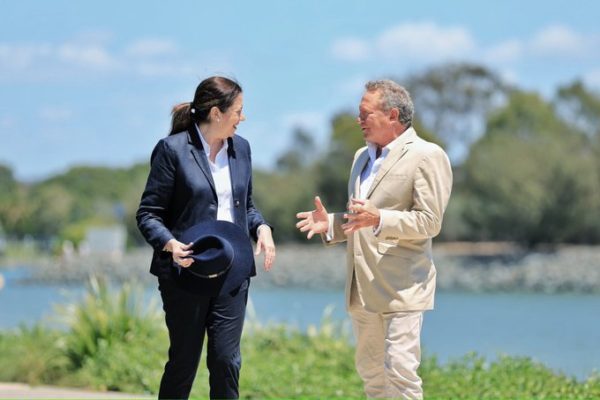
Image: Annastacia Palaszczuk/Twitter
Whatever his inner motives, Forrest has now come together with AGL, with the feasibility studies into transforming the coal stations in fact part of a larger non-binding Memorandum of Understanding (MoU) between FFI and AGL which will also see the pair assess whether green hydrogen can be used to fuel co-located industries, in addition to export options.
In its statement, FFI said the repurposing of these fossil sites would “prove” the role of green hydrogen in decarbonising and “demethaning” energy and industry here in Australia. This is probably quite attractive given Liddell and Bayswater power stations currently account for over 40% of New South Wales’ carbon dioxide emissions, according to 2019 National Greenhouse and Energy Reporting data.
The Hunter Valley Industrial Clean Energy Hub
The thinking is that flipping the source industry in the Hunter Valley from coal to green hydrogen would be a smart way to transition an energy-savvy workforce and build or retain subsidiary industries in the region. Of the creation of a Hunter Valley hydrogen and industry hub, FFI founder and chair, Andrew Forrest, said: “FFI’s goal is to turn regional Australia into the global green energy heartland and create thousands of jobs now and so many more in the future.
“Repurposing existing fossil fuel infrastructure with forward looking companies like AGL to create green hydrogen to help power the world, is the solution we have been looking for.
“This is another important step in turning the corner once and for all, to implement the technologies carbon emitters, like us, to reach net zero,” Forrest added.
This content is protected by copyright and may not be reused. If you want to cooperate with us and would like to reuse some of our content, please contact: editors@pv-magazine.com.
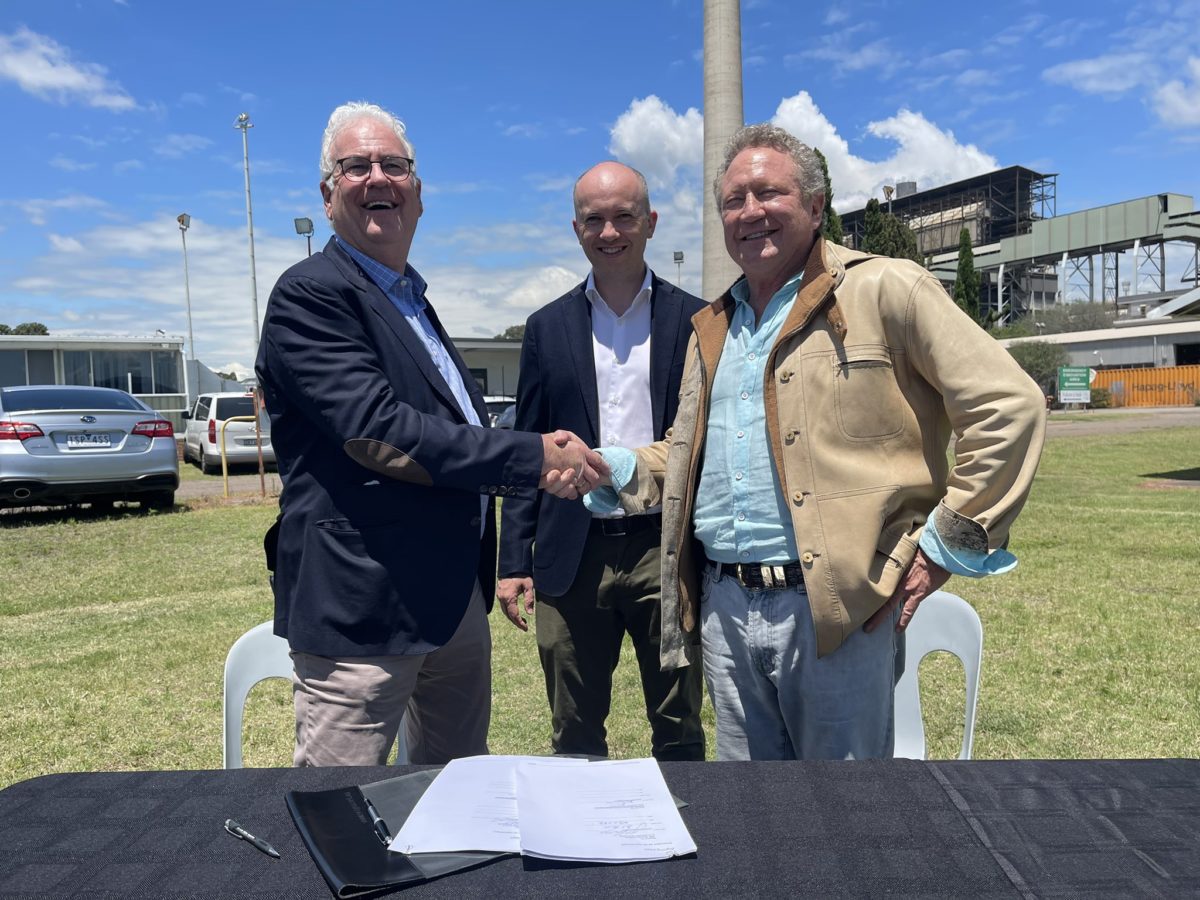



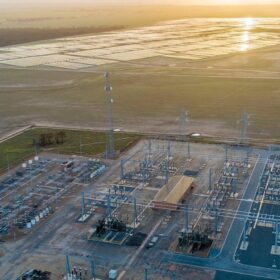
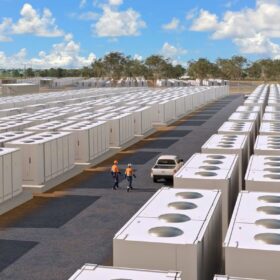
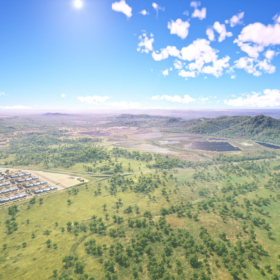
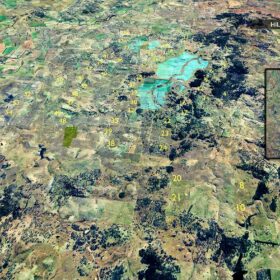

By submitting this form you agree to pv magazine using your data for the purposes of publishing your comment.
Your personal data will only be disclosed or otherwise transmitted to third parties for the purposes of spam filtering or if this is necessary for technical maintenance of the website. Any other transfer to third parties will not take place unless this is justified on the basis of applicable data protection regulations or if pv magazine is legally obliged to do so.
You may revoke this consent at any time with effect for the future, in which case your personal data will be deleted immediately. Otherwise, your data will be deleted if pv magazine has processed your request or the purpose of data storage is fulfilled.
Further information on data privacy can be found in our Data Protection Policy.